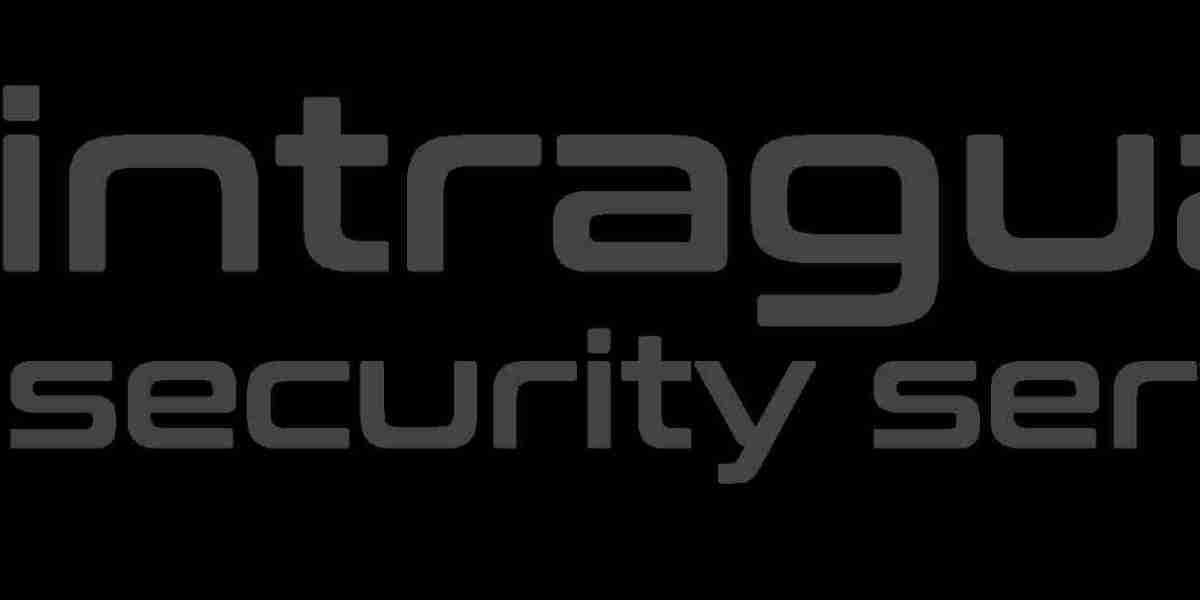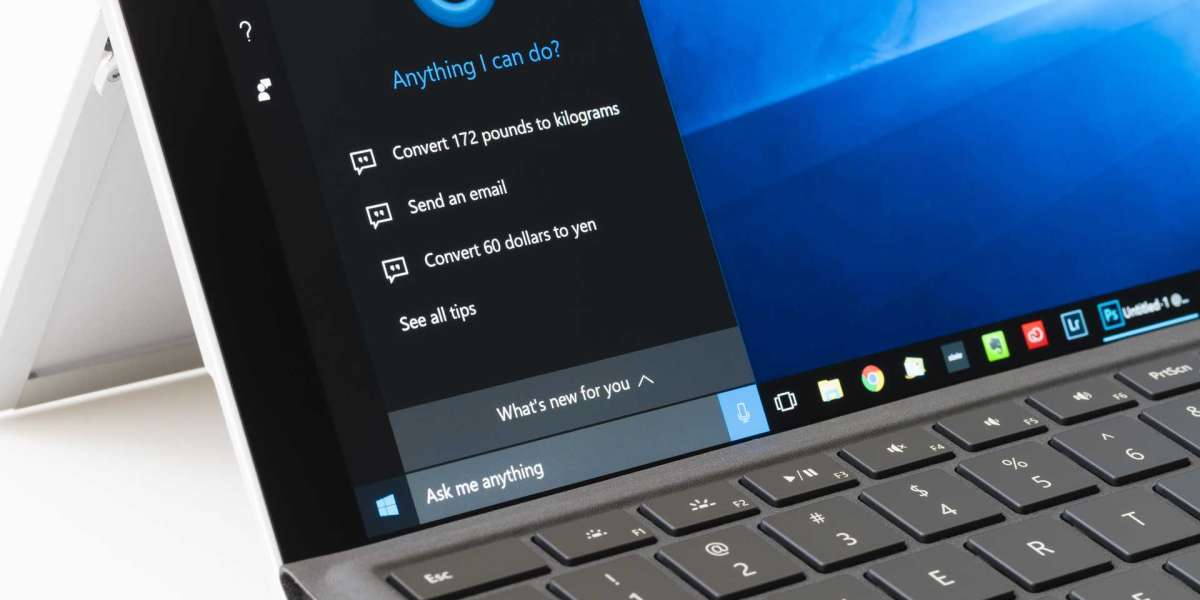Reception areas play a crucial role in setting the tone for a business’s first impression. They are the gateway where visitors, clients, and employees first interact with the company. However, these areas can also present significant security risks if not properly managed. Security threats in reception areas can compromise the safety of employees, visitors, and sensitive company information. Below, we outline the top 5 security risks in Reception Area Security Services and provide practical solutions to mitigate them.
1. Uncontrolled Access to the Building
One of the most significant security risks in reception areas is uncontrolled access. Visitors or unauthorized individuals may enter the building without being properly screened. Without a proper check-in process or secure access control, there is a risk that someone could enter and cause harm or steal confidential information.
Prevention Tips:
Implement an Access Control System: Install a secure access control system that requires visitors to sign in upon entry. Ensure all visitors wear identification badges that are easy to see.
Secure Entry Points: Use electronic locks or turnstiles to ensure only authorized personnel can enter specific areas. Security personnel should monitor access points to ensure that individuals entering the building are authorized.
Visitor Management System: A visitor management system can streamline the check-in process and ensure that all guests are logged. The system can also notify employees when a visitor arrives, ensuring proper monitoring.
2. Lack of Security Personnel
A reception area without a security presence is another significant vulnerability. Without security personnel on-site, there may be delays in responding to suspicious activities, such as unauthorized individuals loitering or attempting to gain access to restricted areas.
Prevention Tips:
Hire Security Personnel: Employ trained security guards who are stationed in the reception area or nearby. They can monitor visitors, respond quickly to incidents, and perform routine security checks.
Monitor Surveillance Cameras: Install surveillance cameras in the reception area and throughout the building. Security personnel should be trained to monitor live feeds and spot suspicious behavior.
Conduct Regular Security Drills: Train staff and security personnel to handle emergency situations. Regular drills can help everyone involved respond quickly and effectively in case of a security breach.
3. Sensitive Information Exposure
Reception areas often handle sensitive company information, including documents, packages, and even financial records. If this information is not secured properly, it can be easily accessed by unauthorized individuals, leading to potential data breaches or theft.
Prevention Tips:
Shred Sensitive Documents: Any paperwork containing confidential information should be shredded immediately after use. Avoid leaving sensitive information on desks or countertops in the reception area.
Secure Filing Cabinets: Use locked filing cabinets or safes to store sensitive documents. Only authorized personnel should have access to the keys.
Limit Access to Information: Train receptionists to be cautious about disclosing information to visitors or unauthorized personnel. Sensitive data should only be shared with those who have a legitimate need to know.
4. Poor Visitor Vetting Process
A lack of visitor vetting is another security risk in reception areas. Not all visitors may be legitimate, and some may be attempting to access the premises for malicious reasons. Without proper vetting, visitors could gain access to restricted areas or cause harm to employees or assets.
Prevention Tips:
Implement a Robust Vetting Process: Ensure all visitors are properly vetted before entering the building. This includes verifying the purpose of their visit, the company they represent, and their identity.
Pre-Scheduled Appointments: Encourage visitors to make appointments ahead of time and confirm their identity upon arrival. Walk-ins should undergo a more thorough check-in process.
Use Background Checks: For higher-risk visitors, consider using background checks to verify their identity and criminal history before granting access.
5. Physical Security Hazards
Reception areas can also pose physical security risks. Loose wires, unsecured furniture, and clutter can present hazards that may lead to accidents or injuries. In addition to the physical risks, such hazards can also provide cover for individuals attempting to engage in criminal activity.
Prevention Tips:
Maintain Cleanliness and Order: Keep the reception area clean and free from clutter. Ensure all cables and wires are neatly organized and out of sight.
Ensure Proper Lighting: Adequate lighting is essential in the reception area. Dimly lit areas can create blind spots and make it easier for unauthorized individuals to conceal themselves.
Regular Safety Inspections: Conduct regular inspections of the reception area to identify potential physical hazards, such as broken furniture, slippery floors, or obstacles that could cause accidents.
Conclusion
Reception areas are more than just a waiting space for visitors – they are a critical security checkpoint for any business. By addressing the security risks in reception areas, companies can create a safer environment for both employees and visitors while protecting sensitive information and company assets. Implementing the right security measures, such as controlled access, security personnel, and a solid visitor vetting process, is crucial to preventing security breaches. Regular maintenance and awareness of potential hazards will also help minimize physical risks, ensuring the reception area is both welcoming and secure.
By addressing these top security risks, businesses can ensure that their reception areas are safe, secure, and well-equipped to handle any potential threats.
Intraguard is a standout name in security companies London, offering a range of services from CCTV surveillance and manned guarding to guard dog patrols, ensuring your safety in the city.







